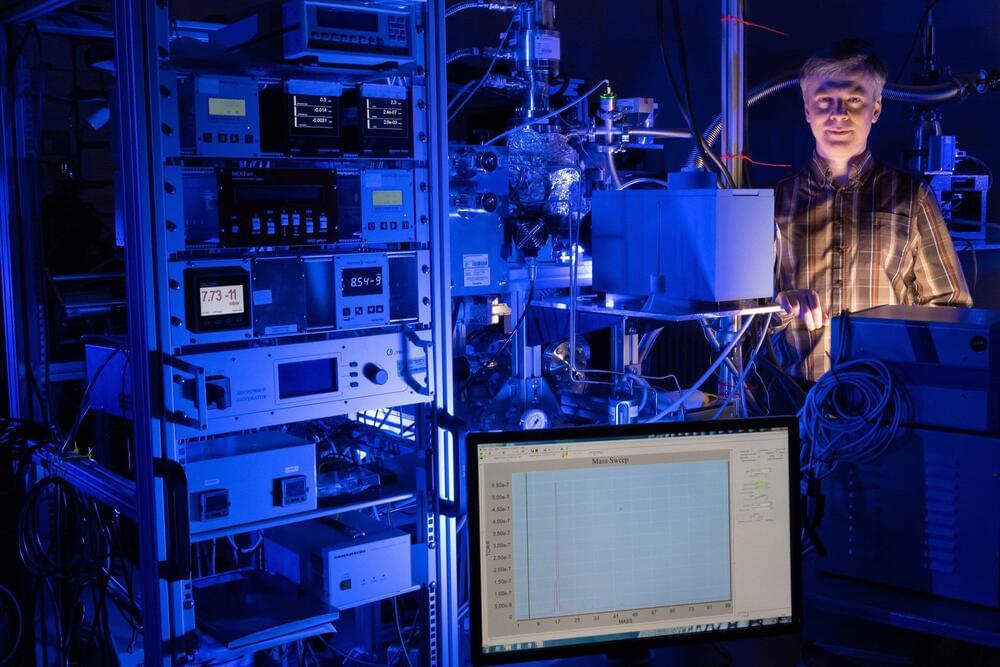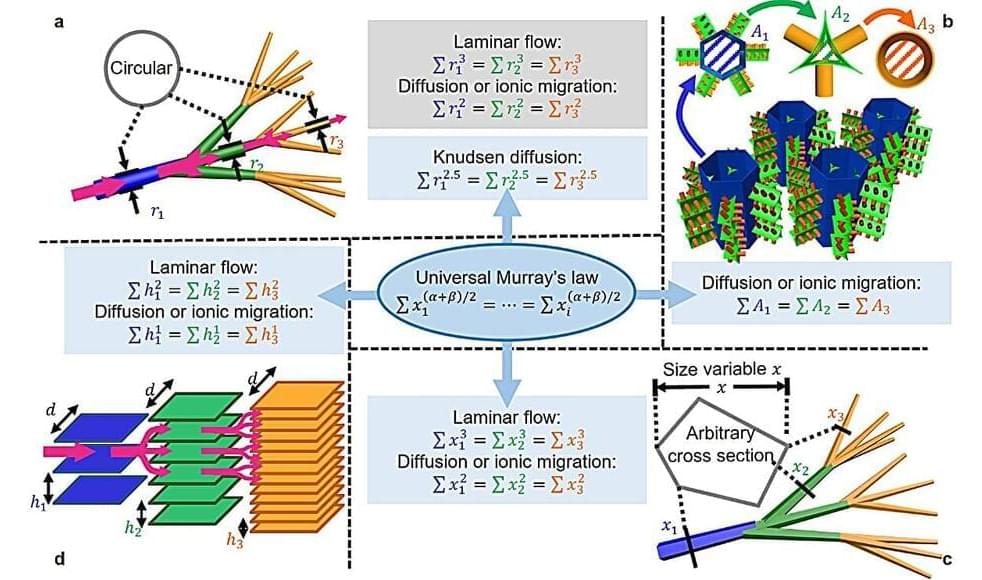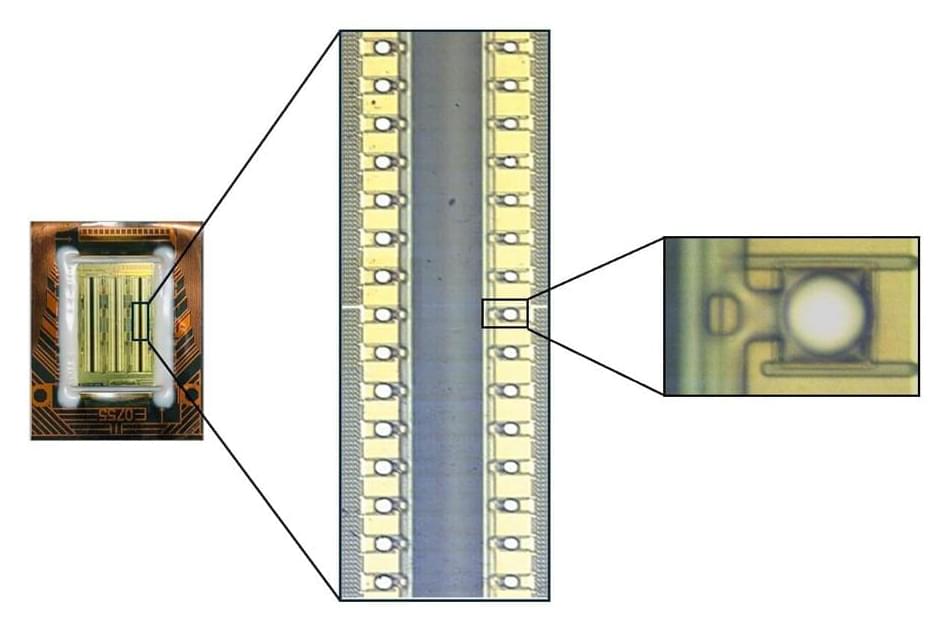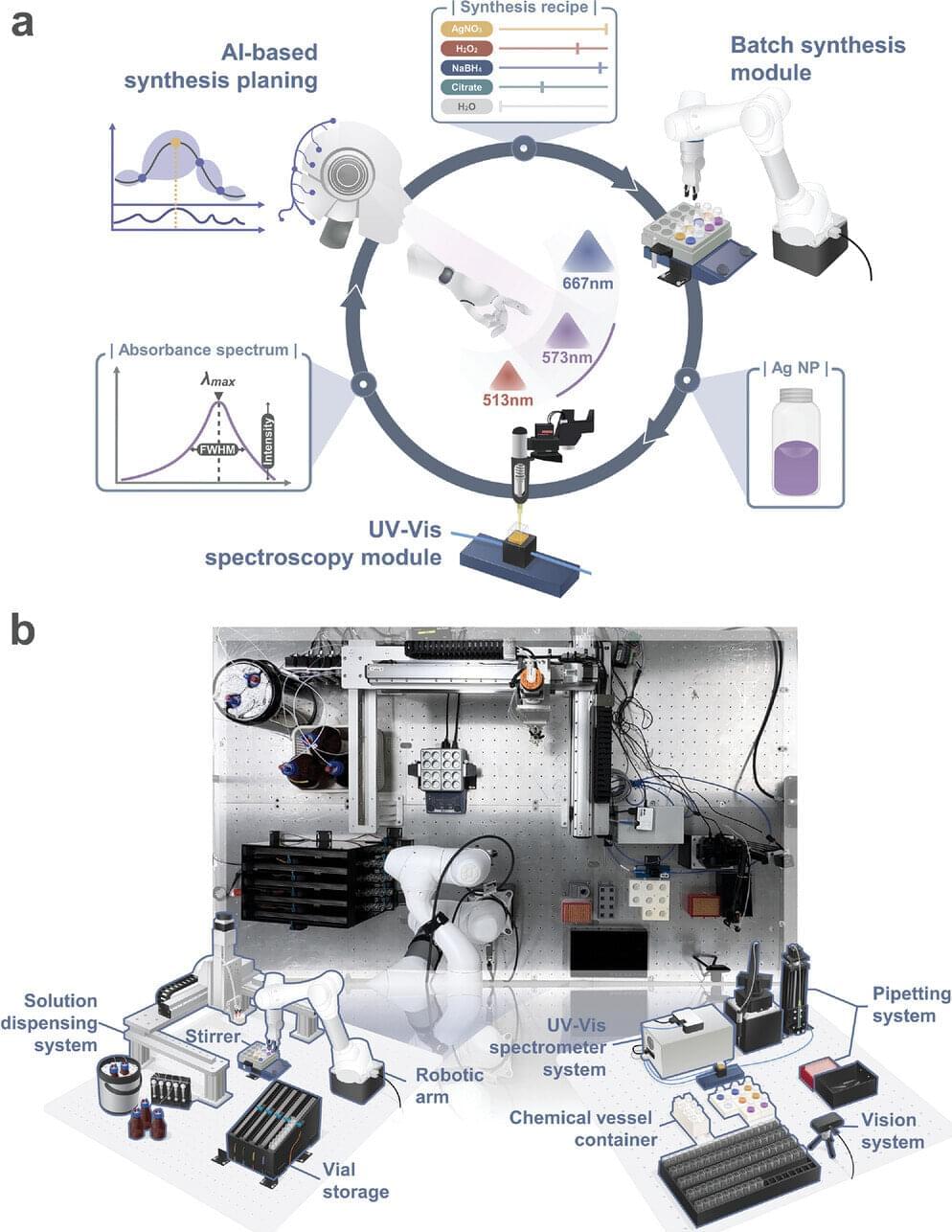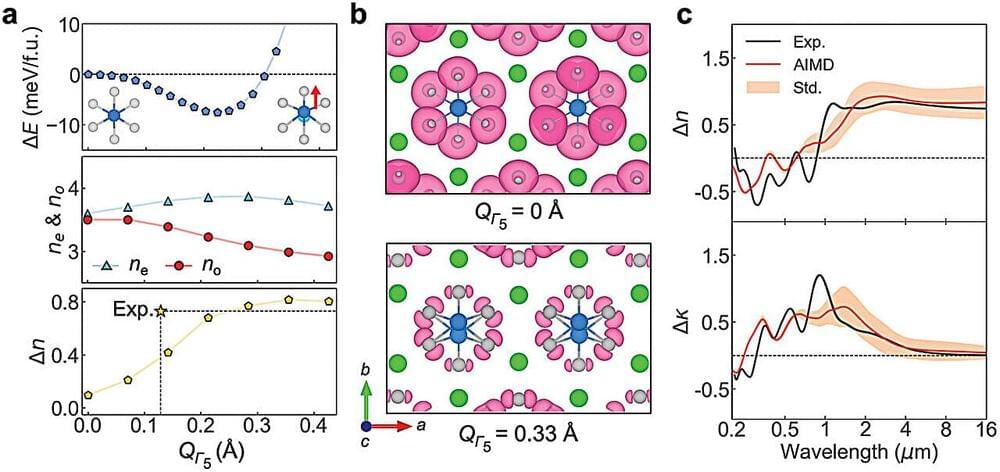Page 909
May 8, 2024
Peptides on interstellar ice: Study finds presence of water molecules is not a major obstacle for formation
Posted by Natalie Chan in categories: chemistry, particle physics, space
A research team led by Dr. Serge Krasnokutski from the Astrophysics Laboratory at the Max Planck Institute for Astronomy at the University of Jena had already demonstrated that simple peptides can form on cosmic dust particles. However, it was previously assumed that this would not be possible if molecular ice, which covers the dust particle, contains water—which is usually the case.
Now the team, in collaboration with the University of Poitiers, France, has discovered that the presence of water molecules is not a major obstacle for the formation of peptides on such dust particles. The researchers report on their finding in the journal Science Advances.
Chemistry in the icy vacuum “We have replicated conditions similar to those in outer space in a vacuum chamber, also adding substances that occur in so-called molecular clouds,” explains Krasnokutski. These substances include ammonia, atomic carbon, and carbon monoxide. “Thus, all the chemical elements needed for simple peptides are present,” adds the physicist.
May 8, 2024
Bio-inspired materials’ potential for efficient mass transfer boosted by a new twist on a century-old theory
Posted by Dan Breeden in categories: energy, law
The natural vein structure found within leaves—which has inspired the structural design of porous materials that can maximize mass transfer—could unlock improvements in energy storage, catalysis, and sensing thanks to a new twist on a century-old biophysical law.
May 8, 2024
Researchers develop nanotechnology for creating wafer-scale nanoparticle monolayers in seconds
Posted by Dan Breeden in categories: chemistry, nanotechnology
Nanoscale materials present us with astonishing chemical and physical properties that help materialize applications such as single molecular sensing and minimally invasive photothermal therapy—which were once just theories—into reality.
May 8, 2024
Researchers establish commercially viable process for manufacturing with promising new class of metals
Posted by Dan Breeden in category: nanotechnology
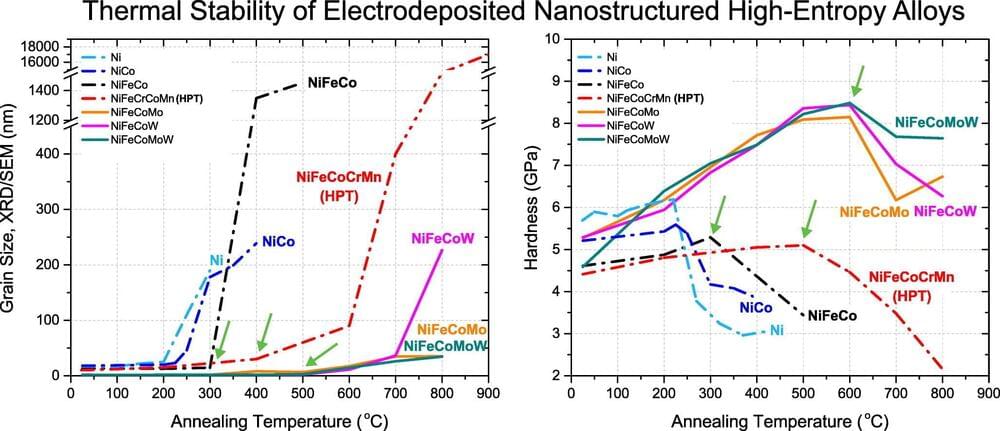
Nanostructured high entropy alloys—metals made from a chaotic mix of several different elements—show a lot of promise for use in industries such as aerospace and automotive because of their strength and stability at high temperatures compared with regular metals.
May 8, 2024
Nanoparticle researchers develop microfluidic platform for better delivery of gene therapy for lung disease
Posted by Dan Breeden in categories: biotech/medical, nanotechnology
Drug delivery researchers at Oregon State University have developed a device with the potential to improve gene therapy for patients with inherited lung diseases such as cystic fibrosis.
May 8, 2024
Smart labs for bespoke synthesis of nanomaterials are emerging
Posted by Dan Breeden in categories: materials, nanotechnology
In the early 20th century, the development of a catalyst for ammonia synthesis by the Haber-Bosch method took more than 10,000 experiments before it was successful. The development of new materials is a time-consuming and costly process from design to commercialization.
May 8, 2024
Materials scientists reveal pathway for designing optical materials with specialized properties
Posted by Dan Breeden in category: materials
While we usually think of disorder as a bad thing, a team of materials science researchers led by Rohan Mishra, from Washington University in St. Louis, and Jayakanth Ravichandran, from the University of Southern California, have revealed that—when it comes to certain crystals—a little structural disorder might have big impacts on useful optical properties.
May 8, 2024
Researchers develop a nanoparticle that can penetrate the blood-brain barrier
Posted by Dan Breeden in categories: biotech/medical, nanotechnology, neuroscience
Researchers at Sylvester Comprehensive Cancer Center at the University of Miami Miller School of Medicine have developed a nanoparticle that can penetrate the blood-brain barrier. Their goal is to kill primary breast cancer tumors and brain metastases in one treatment, and their research shows the method can shrink breast and brain tumors in laboratory studies.
May 8, 2024
‘Better than graphene’ material development may improve implantable technology
Posted by Dan Breeden in categories: biotech/medical, engineering
The team, led by Dipanjan Pan, Dorothy Foehr Huck & J. Lloyd Huck Chair Professor in Nanomedicine and professor of materials science and engineering and of nuclear engineering, published their work —the first of its kind, they said—in ACS Nano.
“Borophene is a very interesting material, as it resembles carbon very closely including its atomic weight and electron structure but with more remarkable properties. Researchers are only starting to explore its applications,” Pan said.
“To the best of our knowledge, this is the first study to understand the biological interactions of borophene and the first report of imparting chirality on borophene structures.”

